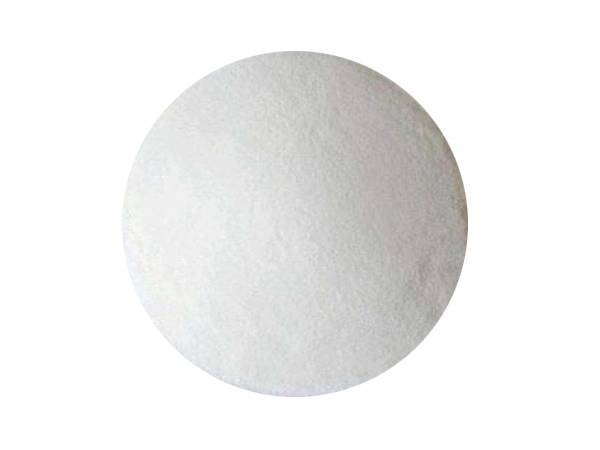



Sodium Hydroxide Manufacturing Techniques and Processes Explained for Optimal Production
The Sodium Hydroxide Production Process
Sodium hydroxide (NaOH), commonly known as caustic soda, is an essential chemical utilized in various industries, including pulp and paper, textiles, soap and detergents, and water treatment. Its production is a vital process in the chemical industry, and it can be achieved through several methods, with the most prominent being the chloralkali process.
1. Raw Materials
The primary raw materials for the production of sodium hydroxide are salt (sodium chloride, NaCl) and water. In the chloralkali process, these materials undergo electrolysis, a method that uses electrical current to trigger a chemical reaction. This electrochemical reaction produces three key products chlorine gas (Cl2), hydrogen gas (H2), and sodium hydroxide (NaOH).
2. The Chloralkali Process
The chloralkali process is conducted in an electrolytic cell which consists of two electrodes—a cathode and an anode—immersed in a brine solution (concentrated NaCl solution). When the electrical current is applied, several reactions occur
- At the anode, chloride ions (Cl-) are oxidized to form chlorine gas \[ 2Cl^- \rightarrow Cl_2 + 2e^- \]
- At the cathode, water molecules are reduced to produce hydrogen gas and hydroxide ions (OH-) \[ 2H_2O + 2e^- \rightarrow H_2 + 2OH^- \]
The produced hydroxide ions combine with sodium ions in the brine to form sodium hydroxide \[ Na^+ + OH^- \rightarrow NaOH \]
3. Types of Electrolytic Cells
naoh production process

Several types of cells are used in the chloralkali process, with the three most common being the diaphragm cell, membrane cell, and mercury cell.
- Diaphragm Cell This type features a porous diaphragm that allows the passage of ions but prevents the mixing of chlorine and hydrogen gases. It is widely used but has lower overall efficiency.
- Membrane Cell This process employs an ion-exchange membrane that selectively allows sodium ions to pass while preventing chlorine and hydroxide ions from mixing. It is more efficient than the diaphragm cell and produces higher purity NaOH.
- Mercury Cell In this older method, mercury acts as the cathode, and sodium is amalgamated with mercury, forming sodium amalgam. This process is less environmentally friendly due to the toxicity of mercury and has been phased out in many regions.
4. Purification and Concentration
Once sodium hydroxide is produced, it typically has a concentration of around 10-15%. To achieve the desired concentration, further evaporation and crystallization processes are employed. The salt solution is heated to evaporate water, resulting in concentrated NaOH solutions, which can be further treated and purified to meet industry standards.
5. Environmental Considerations
The production of sodium hydroxide presents certain environmental challenges, primarily related to chlorine gas, which is toxic and corrosive. Proper handling and abatement systems are crucial to mitigate any harmful effects on the environment. Additionally, the reduction of energy consumption and innovative recycling methods are being explored to enhance the sustainability of the production process.
Conclusion
In summary, the production of sodium hydroxide through the chloralkali process is a critical operation in the chemical industry. With its wide application range, the methods used for its production continue to evolve, focusing on efficiency, safety, and environmental sustainability. As industries innovate and adapt to changing regulations and technological advancements, the future of sodium hydroxide production looks promising, ensuring this vital chemical remains integral to numerous applications.
-
Why Sodium Persulfate Is Everywhere NowNewsJul.07,2025
-
Why Polyacrylamide Is in High DemandNewsJul.07,2025
-
Understanding Paint Chemicals and Their ApplicationsNewsJul.07,2025
-
Smart Use Of Mining ChemicalsNewsJul.07,2025
-
Practical Uses of Potassium MonopersulfateNewsJul.07,2025
-
Agrochemicals In Real FarmingNewsJul.07,2025
-
Sodium Chlorite Hot UsesNewsJul.01,2025










